Eclipses 'on demand' mark a new era in solar physics
The European Space Agency's Proba-3 mission gives scientists the ability to study one of the solar system's most compelling phenomena
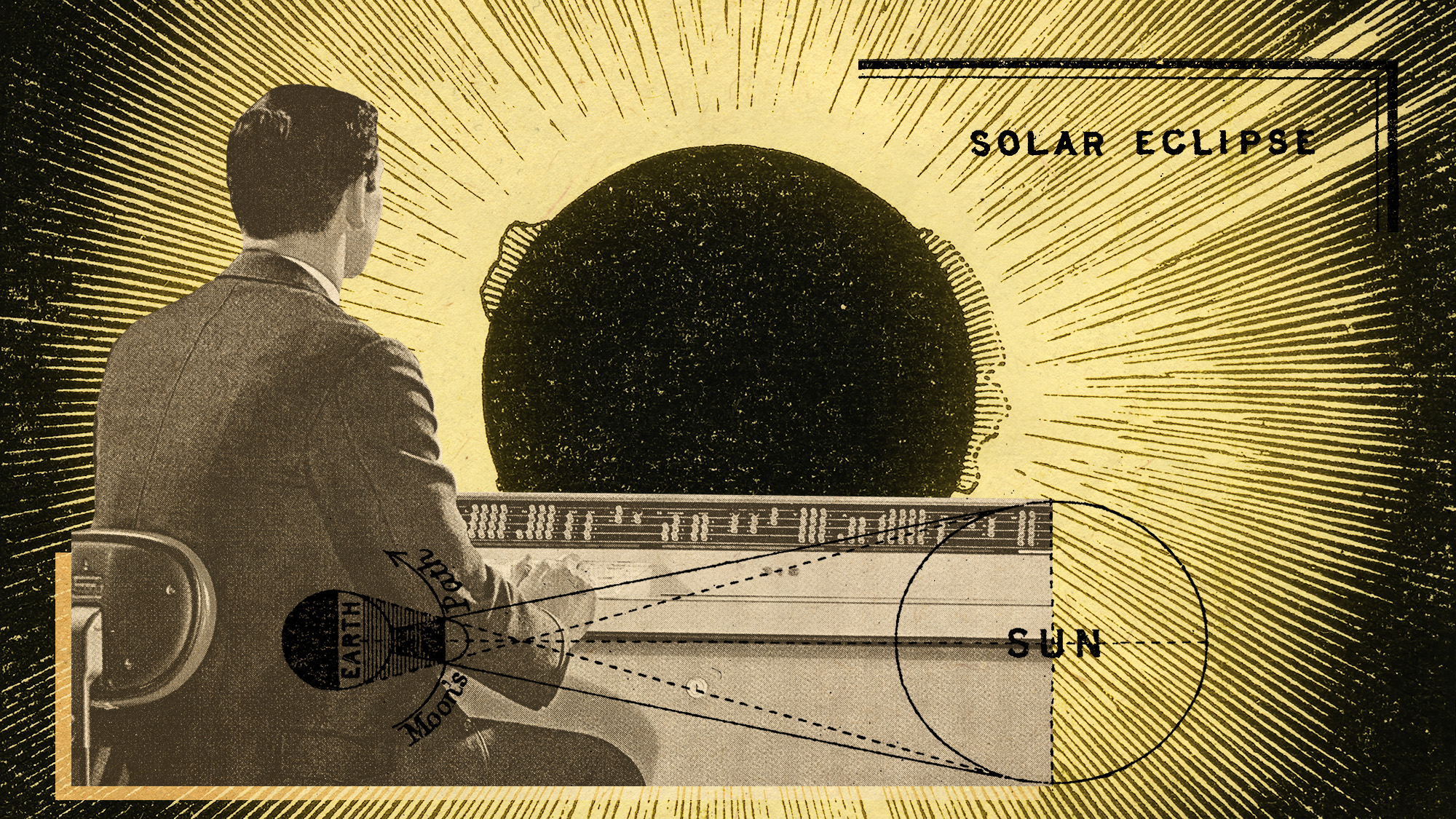

Human beings have long lived in awe of the vast and starry skies — particularly during a solar eclipse, wherein the very laws of nature feel inverted. Before modern astronomy, solar eclipses were often assigned mythological or theological significance, which likely contributed to our enduring fascination with them.
That fascination took a seismic step forward this month, with the European Space Agency's launch of its Proba-3 mission. The groundbreaking project will enable researchers to create artificial solar eclipses for study on demand. Comprised of twin satellites Occulter and Coronagraph, Proba-3 will see the pair working in tandem to create a "precisely-controlled shadow from one platform to the other," the ESA said, opening "sustained views of the sun's faint surrounding corona."
Here's what makes the Proba-3 mission so unique, and what researchers hope to get out of it now that the project is off the ground.
The Week
Escape your echo chamber. Get the facts behind the news, plus analysis from multiple perspectives.

Sign up for The Week's Free Newsletters
From our morning news briefing to a weekly Good News Newsletter, get the best of The Week delivered directly to your inbox.
From our morning news briefing to a weekly Good News Newsletter, get the best of The Week delivered directly to your inbox.
'Accuracy down to the thickness of the average fingernail'
The Proba-3's twin satellites, both of which were launched together from India's Satish Dhawan Space Center earlier this month, are each "about the size of a washing machine," The Washington Post said. Once in position, Occulter will "line itself up with the sun and use a disc — the stand-in for the moon — to cast a shadow onto the Cornograph," which can then be analyzed and studied like a natural eclipse. That may seem like a fairly straightforward proposition, but what makes the Proba-3 mission so special is the astonishing degree of precision involved: To be considered successful, the mission's satellites must "achieve positioning accuracy down to the thickness of the average fingernail while positioned one and a half football pitches apart," said Proba-3 mission manager Damien Galano. And all of this while speeding around the Earth.
If everything goes to plan, the receiving Coronagraph satellite will then be able to record data on the sun's corona, its "wispy, unfathomably hot outer atmosphere, which is usually lost in our star's glare," Space.com said. (The Week and Space.com are both owned by Future plc.) Once operational, the satellites will circle the Earth every 19 hours on a "lopsided" elliptical orbit, The Associated Press said. Twice a week, six of those hours "at the farther end of certain orbits" will be spent creating and studying artificial eclipses, while other loops will be focused on "formation flying experiments."
Solar mysteries and formation flying futures
Scientists hope that by artificially generating eclipses, they can study the "counterintuitive" temperature of the sun's corona, which is approximately 200 times hotter than the star's actual surface, Gizmodo said. The corona also "drives solar wind and coronal mass ejections," which can affect certain technologies both in orbit around, and on, Earth. But ultimately, it is Proba-3's extraordinary precision in orbit that "may end up being the mission's most lasting legacy," Space.com said.
Lessons from the project could someday "be extended to larger pairs of satellites," which would then be able to "block out starlight and allow scientists to go planet hunting," the Post said. "Imagine multiple small platforms working together as one to form far-seeing virtual telescopes or arrays," said the ESA. Proba-3 scientists expect the project will begin pushing out its eclipse observations "in about four months."
A free daily email with the biggest news stories of the day – and the best features from TheWeek.com
Rafi Schwartz has worked as a politics writer at The Week since 2022, where he covers elections, Congress and the White House. He was previously a contributing writer with Mic focusing largely on politics, a senior writer with Splinter News, a staff writer for Fusion's news lab, and the managing editor of Heeb Magazine, a Jewish life and culture publication. Rafi's work has appeared in Rolling Stone, GOOD and The Forward, among others.
-
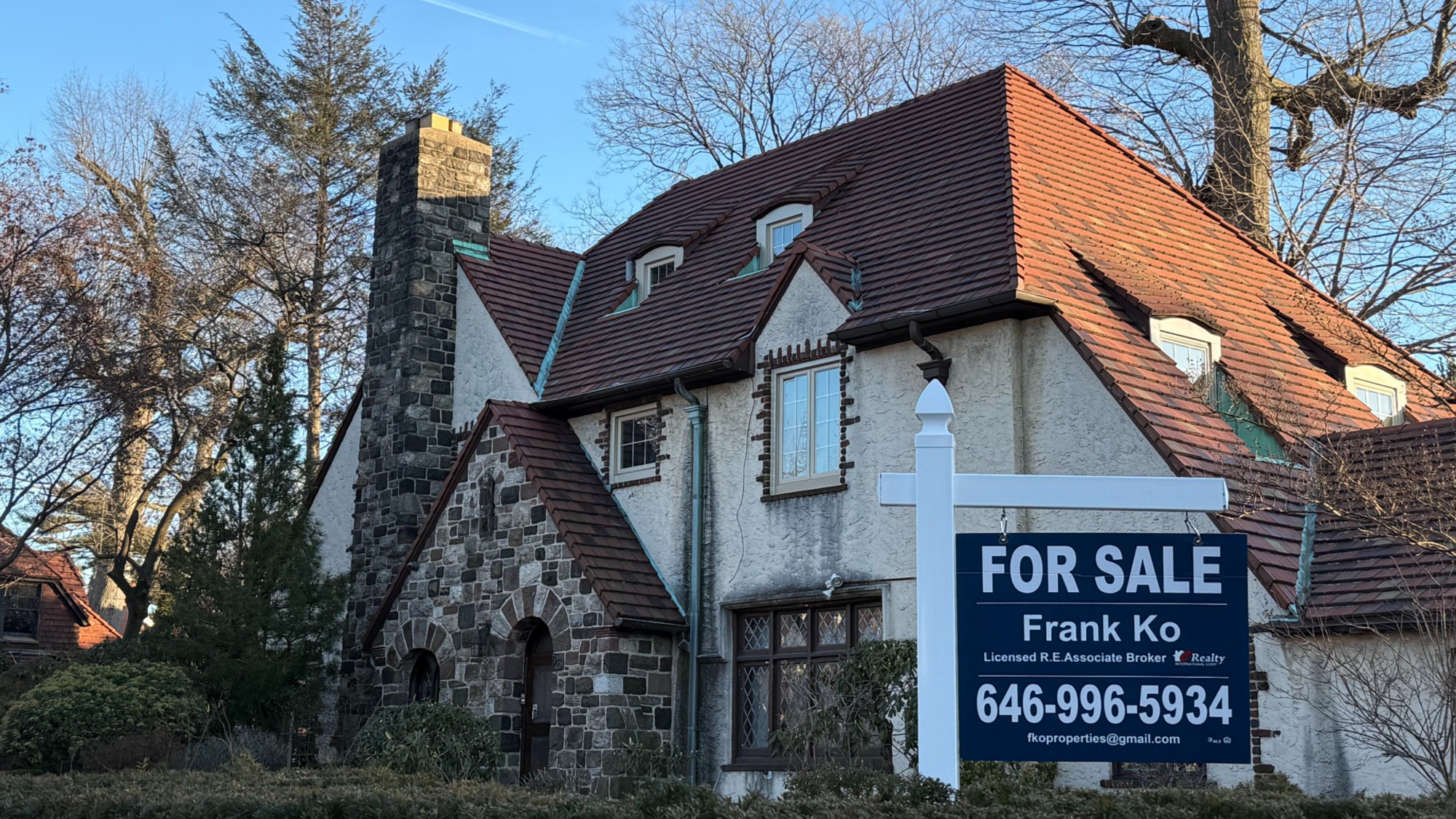 ‘City leaders must recognize its residents as part of its lifeblood’
‘City leaders must recognize its residents as part of its lifeblood’Instant Opinion Opinion, comment and editorials of the day
-
 10 upcoming albums to stream during the winter chill
10 upcoming albums to stream during the winter chillThe Week Recommends As the calendar turns to 2026, check out some new music from your favorite artists
-
 Kristi Noem might not be long for Trumpland
Kristi Noem might not be long for TrumplandIN THE SPOTLIGHT The Homeland Security secretary has been one of the most visible and vocal architects of Trump’s anti-immigration efforts, even as her own star risks fading
-
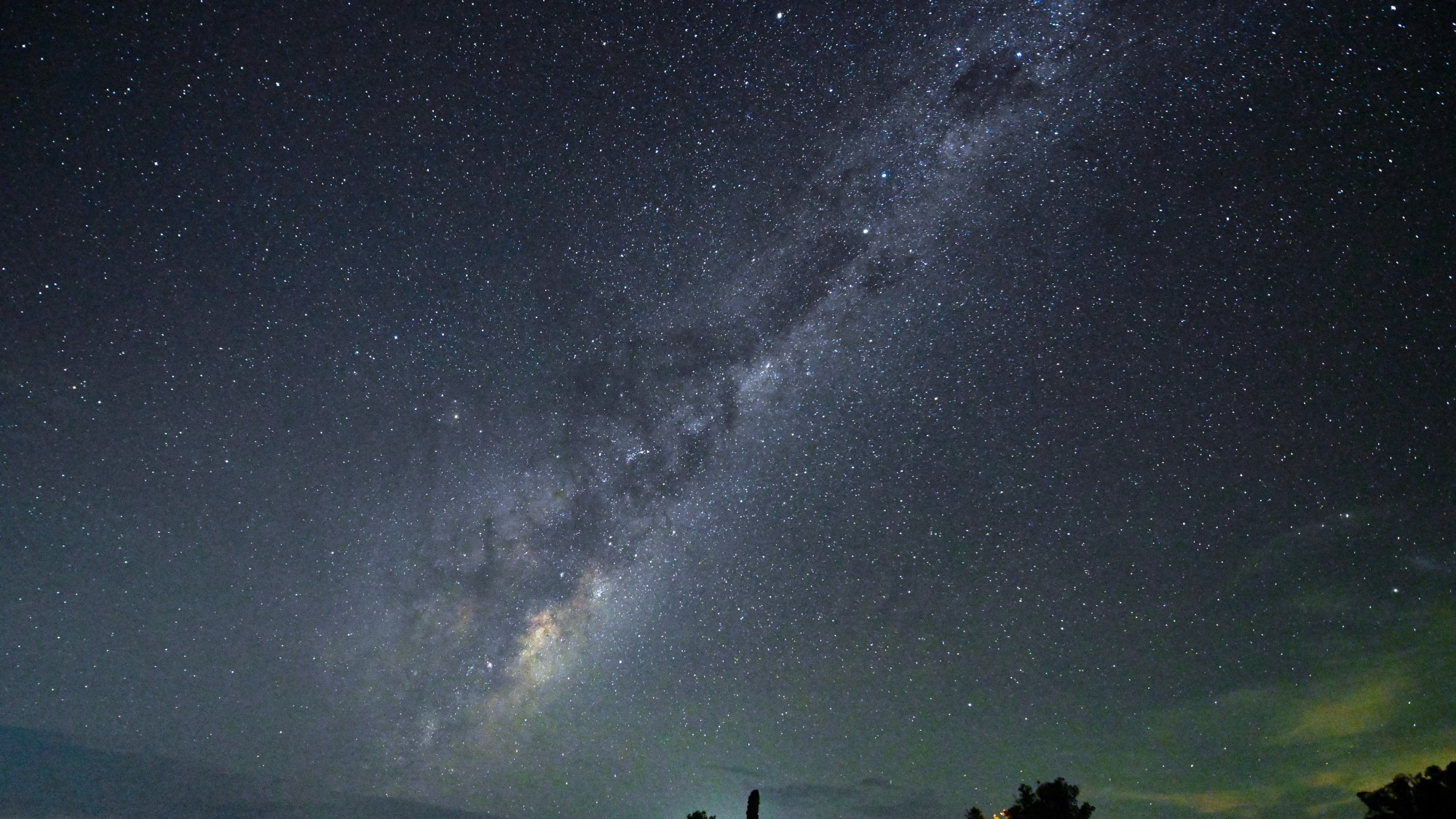 ‘The Big Crunch’: why science is divided over the future of the universe
‘The Big Crunch’: why science is divided over the future of the universeThe Explainer New study upends the prevailing theory about dark matter and says it is weakening
-
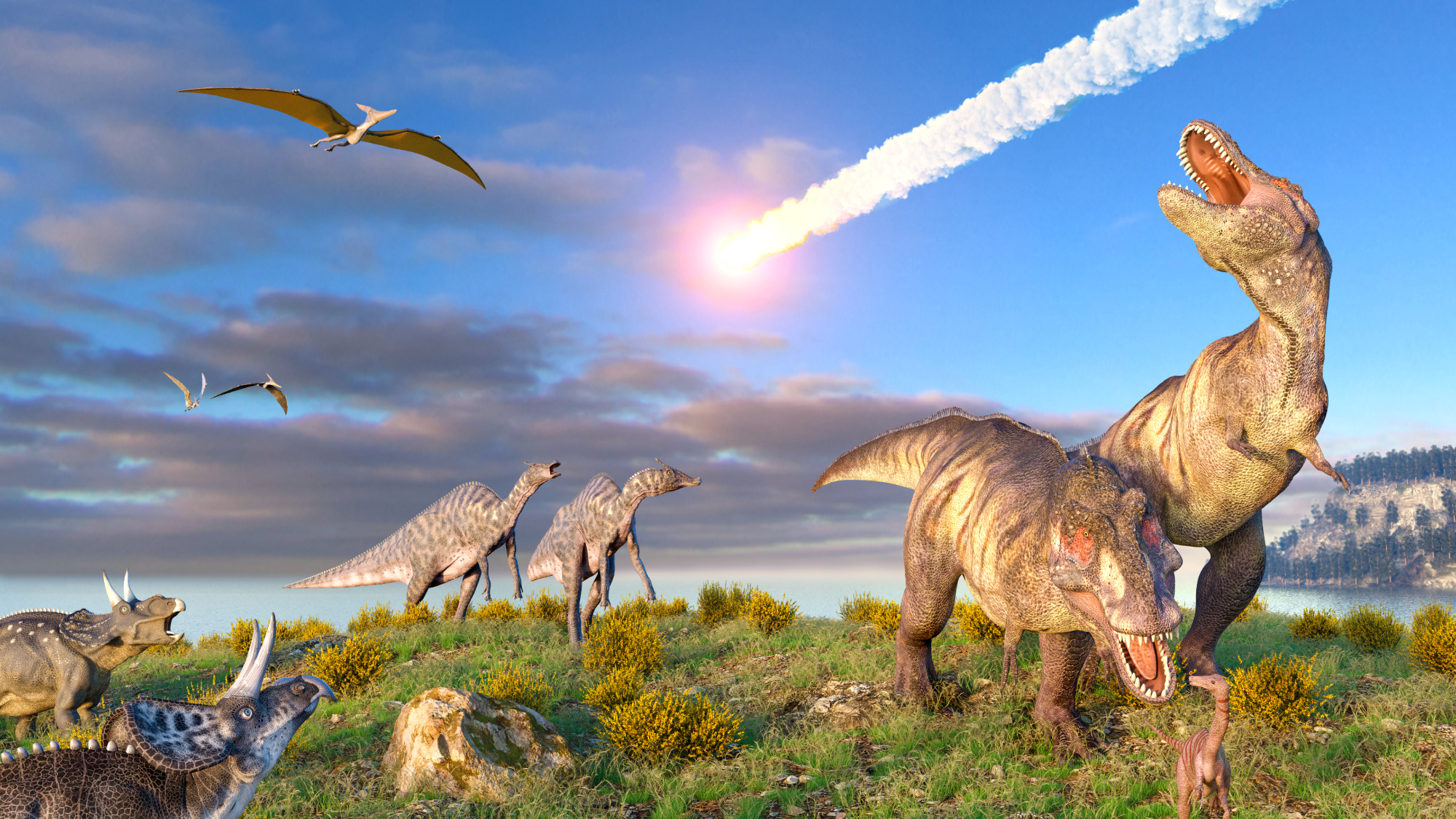 Dinosaurs were thriving before asteroid, study finds
Dinosaurs were thriving before asteroid, study findsSpeed Read The dinosaurs would not have gone extinct if not for the asteroid
-
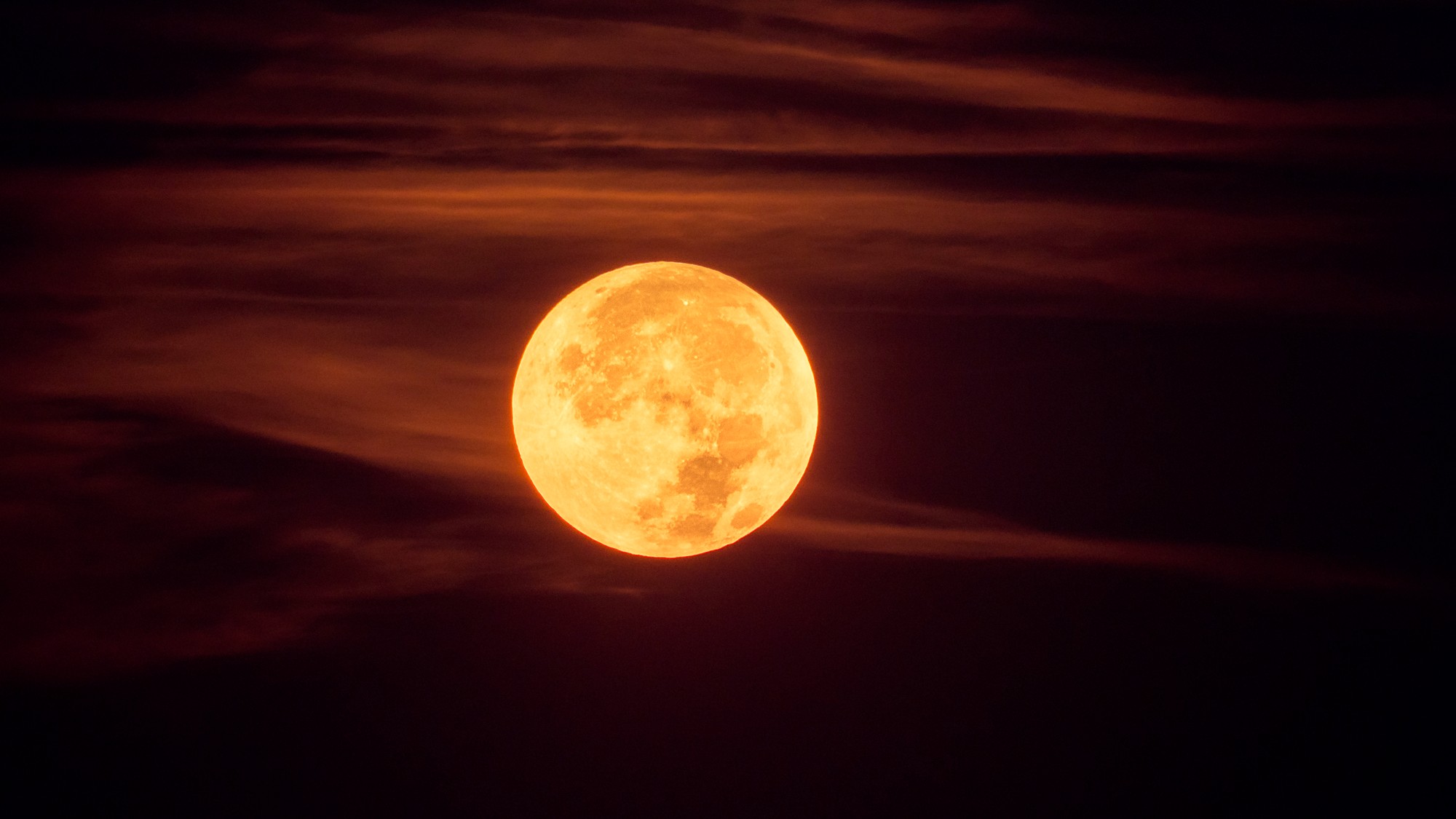 The moon is rusting
The moon is rustingUnder the radar The Earth is likely to blame
-
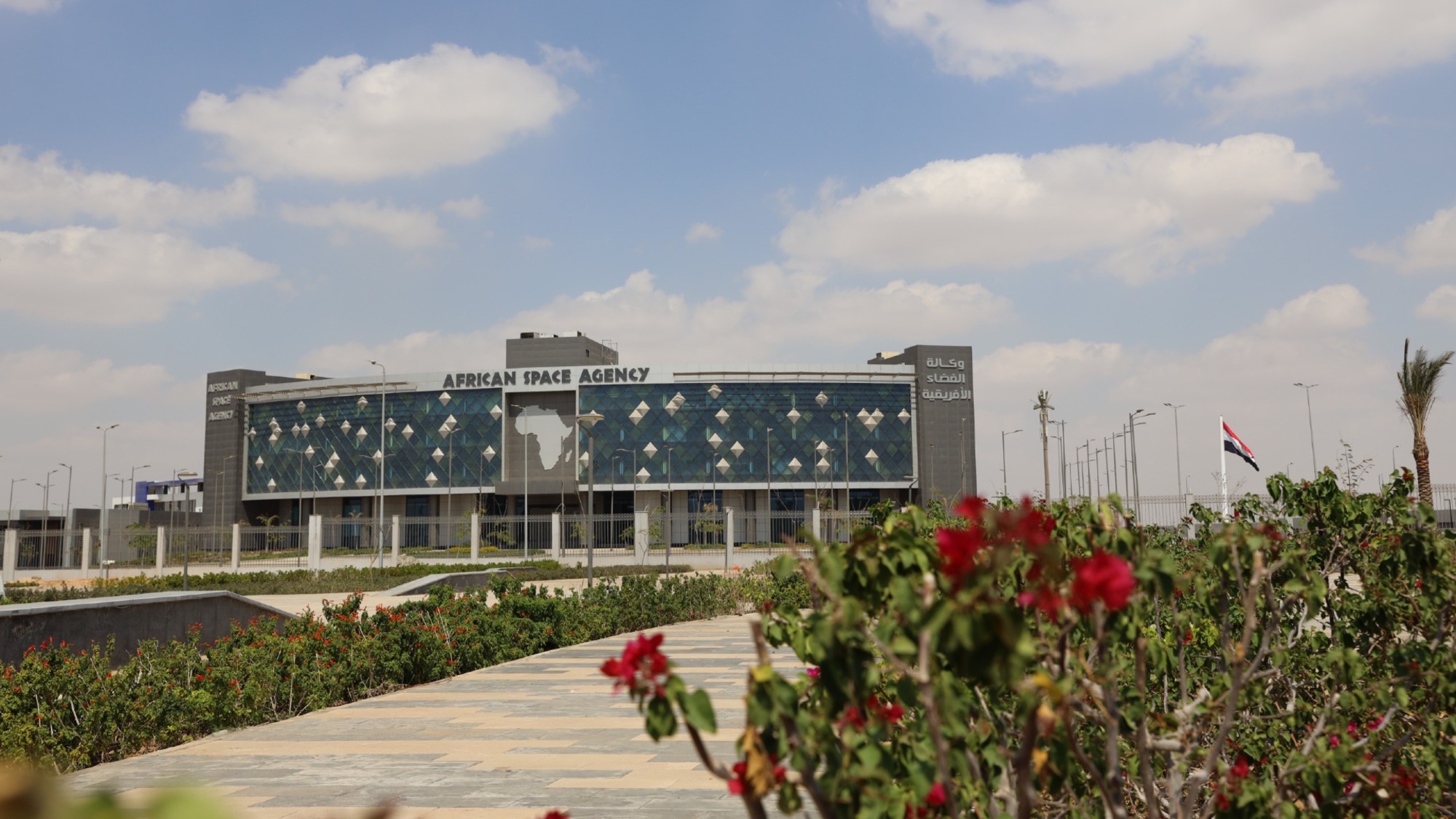 Africa could become the next frontier for space programs
Africa could become the next frontier for space programsThe Explainer China and the US are both working on space applications for Africa
-
 NASA reveals ‘clearest sign of life’ on Mars yet
NASA reveals ‘clearest sign of life’ on Mars yetSpeed Read The evidence came in the form of a rock sample collected on the planet
-
 Canyons under the Antarctic have deep impacts
Canyons under the Antarctic have deep impactsUnder the radar Submarine canyons could be affecting the climate more than previously thought
-
 Atoms into gold: alchemy's modern resurgence
Atoms into gold: alchemy's modern resurgenceUnder the radar The practice of alchemy has been attempted for thousands of years
-
 Hurricanes are not exclusive to Earth. They can happen in space.
Hurricanes are not exclusive to Earth. They can happen in space.Under the radar These storms may cause navigational problems
